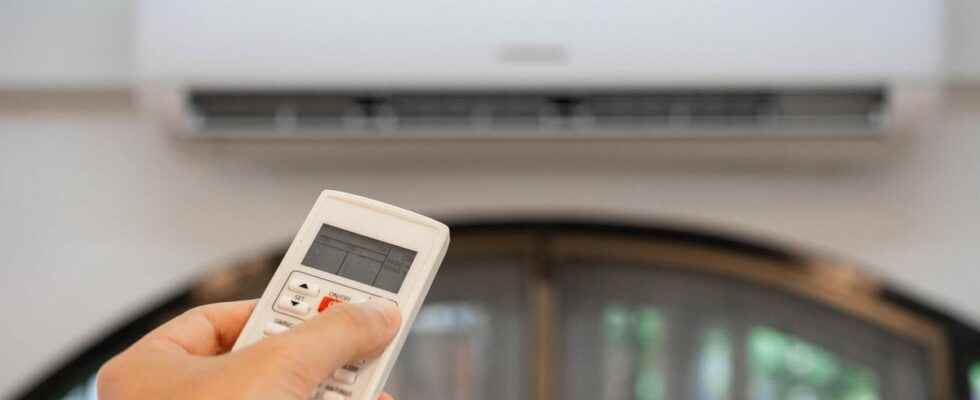Published on
Updated
Reading 1 min.
Certain types of filters could significantly improve indoor air quality, according to a new study.
The experts hammer it home: ventilating your interior is essential to limit the risk of infection. This simple gesture could also reduce the risk of transmission of Covid by up to ten times… Provided that a certain combination of filters, approved by the USC Viterbi School of Engineering, is used.
Fine particles: up to 95% efficiency
As part of this investigation, researchers studied the effectiveness of “air purifiers” and “inline filters” in the ventilation systems of various classrooms at the University of Southern California (USC).
To do this, they made real-time measurements of particle mass, particle number and carbon dioxide concentrations in nine classrooms – from September 2021 to January 2022.
Nebulized sodium chloride particles (the same size as Covid-19 particles) have also been introduced into classrooms.
During the tests, the ventilation system operated continuously in the classrooms (where the students were present) and different airflows were tested.
Results ? The ventilation systems in the rooms provided enough air for “dilute indoor CO2 concentrations“.
The particle penetration coefficients were also “very weak“.
“The results showed that the efficiency of the air purifier exceeded 95% for capturing ultrafine and coarse particles and varied between 82 and 88% for particles in the accumulation range (0.3 to 2 µm)“, underline the researchers.
This study therefore underlines the effectiveness of air purifiers and ventilation systems equipped with in-line filters in reducing the rate of airborne particles.
For Professor Constantinos Sioutas, author of the study, these filtration systems used simultaneously make it possible to reduce “more than ten times the risk of students and professor being infected with Covid“.
It remains to be seen whether this system could be deployed elsewhere in the world.
